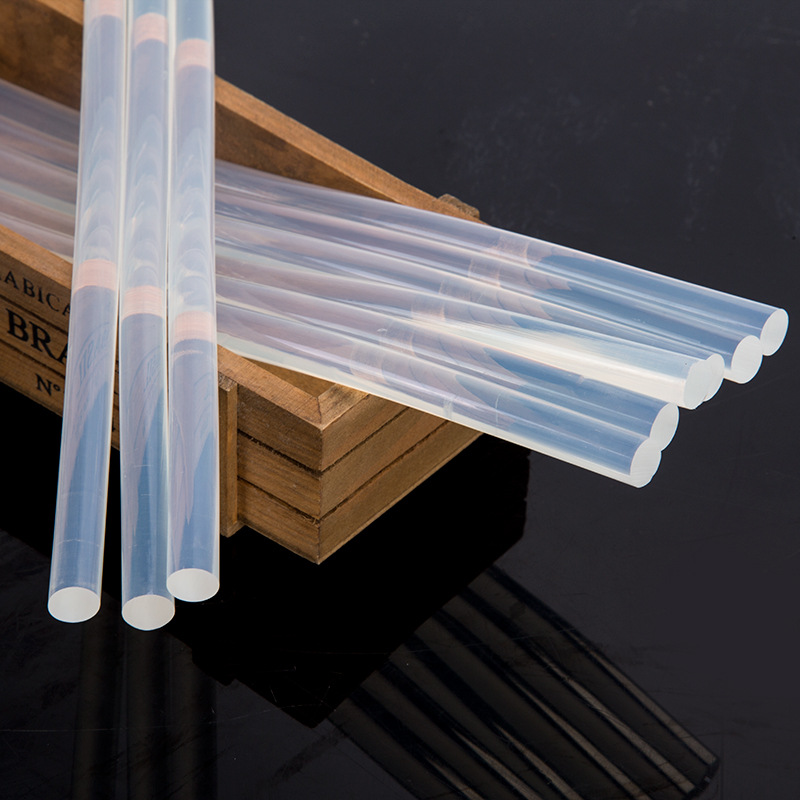2021-09-06
Hot melt adhesives account for the major part of the 100% solids solventless sector, and are used for a wide range of applications both by converters, for example pressure sensitive coatings for labels, heat-seal coatings for lidding and film lamination; and packer-fillers, for example closing of paper bags and sacks, cartons and cases. Formulation options for hot melts are wide and depend on end use, for example styrene block polymers can be used for pressure sensitives, and polyolefins such as polyethylene, ethylene vinyl acetate and polypropylene can be used for coating and laminating, as well as for the packer-filler end uses noted above. Being based on thermoplastics, obviously hot melts do not offer heat resistance in use. As well as the base polymer, hot melts also include tackifying resins, waxes to lower viscosity, antioxidants to inhibit polymer chain breakdown and stabilisers to reduce deterioration due to heating.

In the packer-filler sector, hot melts are usually delivered cut or extruded into small pieces to allow for easy melting in a holding tank. The liquid adhesive is delivered via heated carrier hose to the applicator, which can be a dauber, wheel or jet. Application temperatures vary from around 170 °C to around 100 °C for ‘warm melts’. The main advantages of hot melts are that they are generally fast setting, allowing high production speeds, and they have good gap filling properties, useful for rough surfaces. However, they require continuous energy to keep them in the molten state during application, which is a potential health and safety hazard as well as an economic consideration. if overheated they may be prone to degradation which can result in unacceptable levels of odour and taint or even contamination with charred fragments. Also, as already stated, they are not suitable for use in high temperatures.